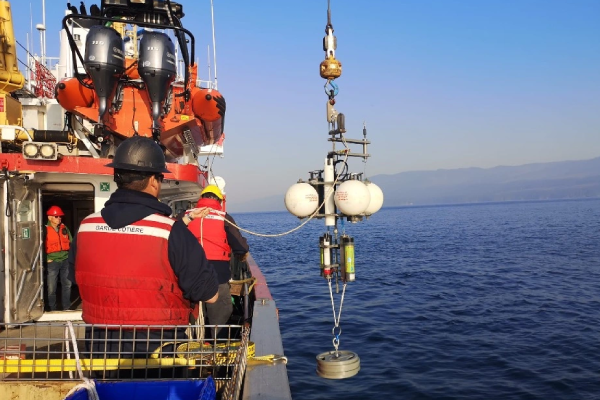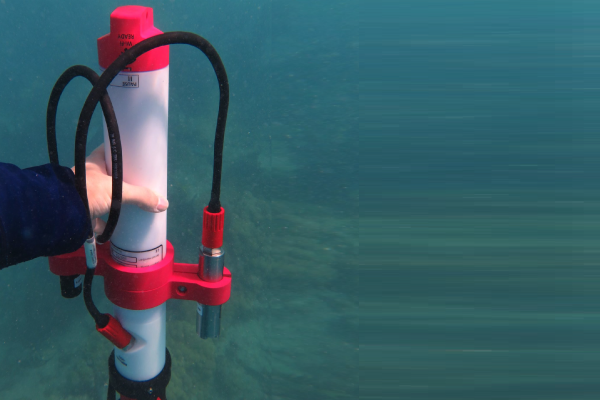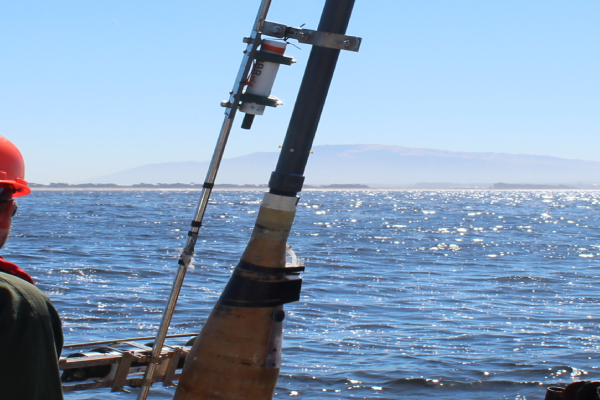The Salish Sea, located on the west coast of Canada, is bounded by the lower mainland of British Columbia to the east, Vancouver Island to the west, and the state of Washington to the south. This Sea is a bustling location, with millions of people living along its shoreline and numerous vessels sailing through its waters daily. It is also … Read More about Monitoring sound in the Salish Sea: how scientists are trying to understand the decline of Southern Resident Killer Whales
Sampling by Snorkelling: Using the RBRconcerto³ C.T.D.ODO.Tu to sample mangroves and coral reefs in the Florida Keys
Snorkelling through coral reefs and kayaking through mangroves is undoubtedly not how most ocean scientists would think to deploy a CTD. But thanks to RBR’s easy-to-use, lightweight CTD, SEA Semester students researching coral reefs and mangroves along the Florida Keys were able to do just that. Based in Woods Hole, Massachusetts, Sea Education Association (SEA) is a leading non-profit, independent … Read More about Sampling by Snorkelling: Using the RBRconcerto³ C.T.D.ODO.Tu to sample mangroves and coral reefs in the Florida Keys
The Coordinated Canyon Experiment: studying Monterey Canyon’s turbidity currents
Turbidity currents deliver sediment from the continental slopes to the deep ocean and threaten infrastructure such as submarine fiber-optic cables. The Coordinated Canyon Experiment (CCE), led by MBARI and USGS, used RBR turbidity sensors to continuously monitor the seafloor along Monterey Canyon for 18 months. The RBR turbidity sensors allowed the researchers to calibrate ADCP backscatter data and measure with new detail the … Read More about The Coordinated Canyon Experiment: studying Monterey Canyon’s turbidity currents


